Fiddle Leaf Figs (Ficus lyrata) have soared in popularity in recent years, becoming a beloved favorite among interior decorators, plant enthusiasts, and homeowners alike. With their large, glossy, violin-shaped leaves and statuesque presence, they add elegance and lush greenery to any indoor space. But for all their visual charm, Fiddle Leaf Figs have a reputation for being somewhat fussy — and that’s where consistent care and protection come into play.
If you own or plan to own a Fiddle Leaf Fig, one key question you might ask is: how often should you protect a Fiddle Leaf Fig? In this comprehensive guide, we’ll unpack what “protecting” your plant truly means — covering environmental conditions, pests, pruning, repotting, and seasonal care — and provide a clear routine for keeping your Fiddle Leaf Fig healthy, thriving, and looking its best.
Why Protection Matters for a Fiddle Leaf Fig
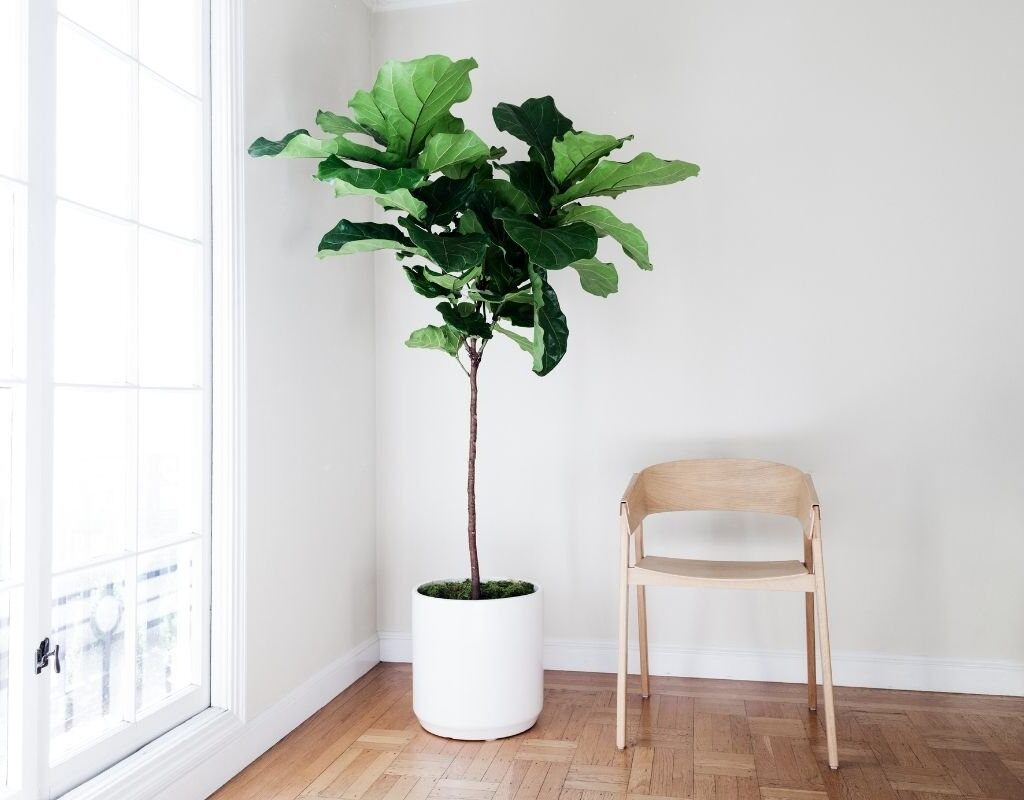
Fiddle Leaf Figs are native to the warm, humid rainforests of West Africa, where they thrive in indirect light beneath the forest canopy. When grown indoors, they require specific conditions to stay healthy. Protecting your plant isn’t a one-time action — it’s an ongoing practice of adjusting its environment and care to safeguard it from stress, pests, diseases, and unfavorable changes.
Without proper protection, a Fiddle Leaf Fig can quickly suffer from:
- Leaf browning or yellowing
- Drooping leaves
- Root rot
- Pest infestations
- Sudden leaf drop
Learning how and when to intervene makes all the difference between a struggling plant and a flourishing one.
How Often Should You Protect a Fiddle Leaf Fig?
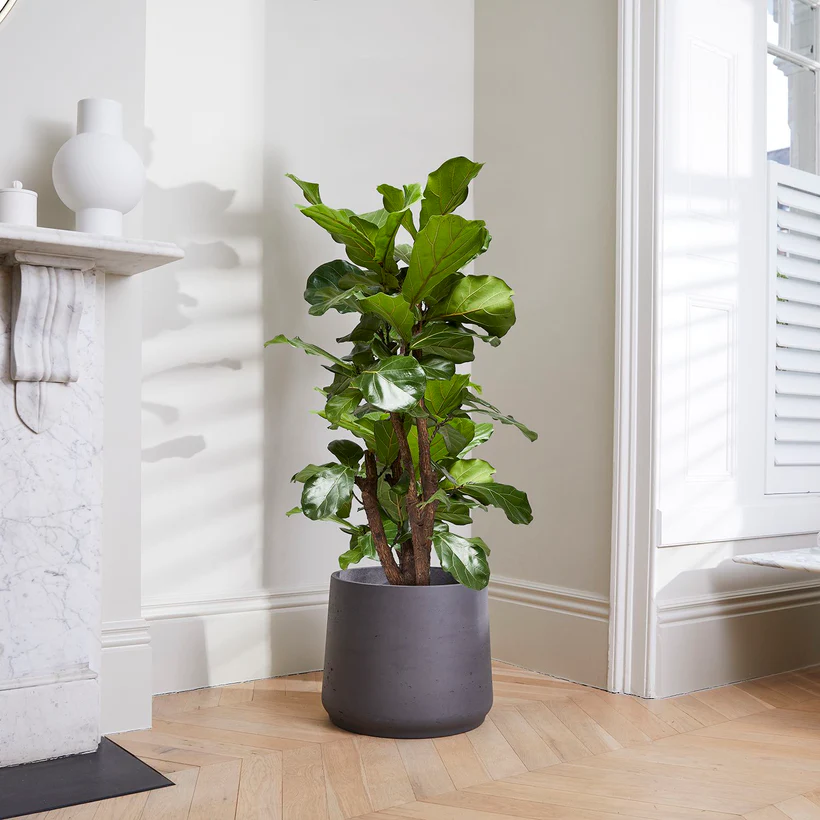
Let’s break down the various aspects of protection and how frequently each should be addressed:
Daily Protection: Monitor Light and Position
Fiddle Leaf Figs crave bright, indirect light.
Each day, observe your plant’s exposure to sunlight. While they love abundant light, direct sun rays through a window can scorch the leaves. Make sure:
- Your plant is receiving 6-8 hours of filtered sunlight daily.
- It’s not too close to drafty windows, air conditioners, heaters, or radiators.
- Rotate the plant every few days so all sides receive even light, encouraging symmetrical growth.
By being attentive to its daily light and position, you’ll protect it from light stress and environmental extremes.
Weekly Protection: Dusting and Visual Checks
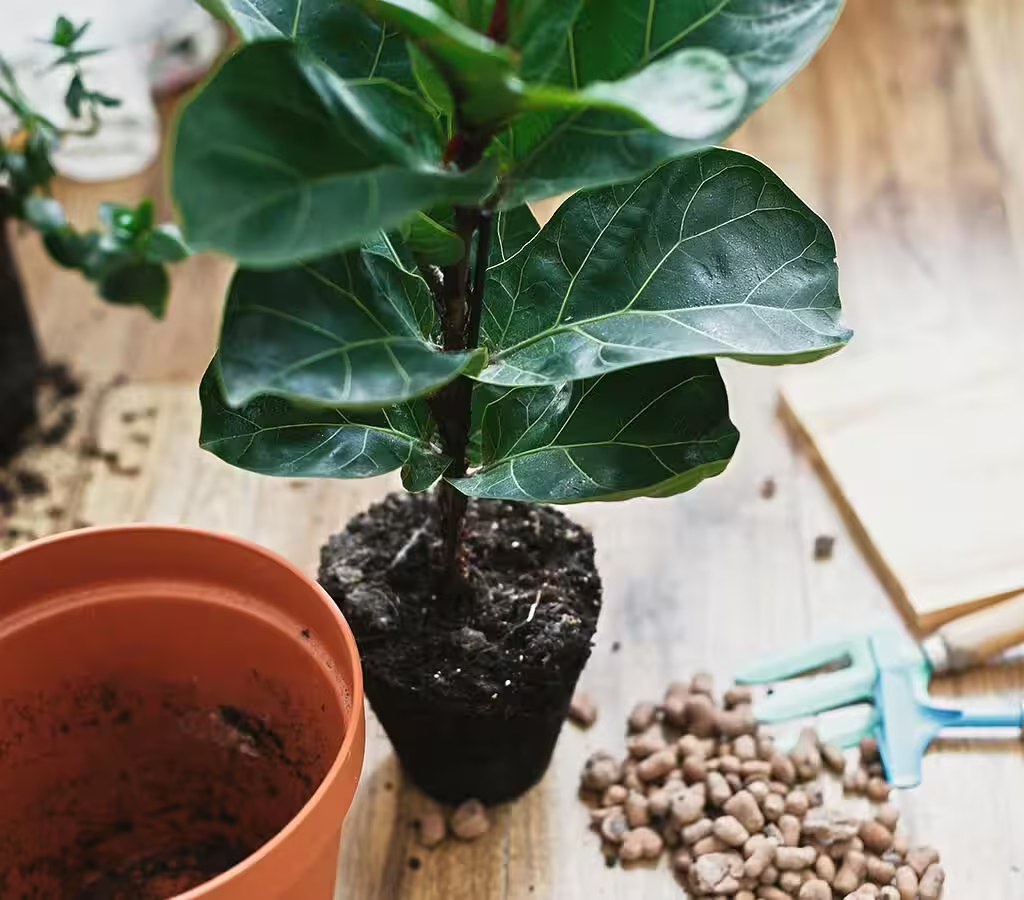
The large leaves of a Fiddle Leaf Fig tend to collect dust, which can block essential light and reduce the plant’s ability to photosynthesize effectively.
Every week, gently wipe down the leaves with a soft, damp cloth or microfiber towel. This not only improves the plant’s appearance but also removes potential pests like spider mites or aphids before they become a problem.
While dusting, check for:
- Brown spots or discoloration
- Tiny webbing or insects
- Leaf curling or drooping
Spotting issues early allows for quick intervention.
Biweekly to Monthly Protection: Watering and Soil Health

Watering is one of the most crucial and commonly misunderstood parts of Fiddle Leaf Fig care. Overwatering can lead to root rot, while underwatering causes dry, crispy leaves.
- Water your Fiddle Leaf Fig every 7–14 days depending on the season and environment.
- Always check the top 2–3 inches of soil before watering. If it feels dry, it’s time to water.
- Ensure the pot has proper drainage to prevent waterlogging.
Once a month, check the soil condition and aerate it gently with a stick or skewer to improve airflow around the roots.
Seasonal Protection
Your plant’s needs shift with the seasons. Adjust your care to protect your Fiddle Leaf Fig year-round:
Spring & Summer
- Growth is most active.
- Fertilize with a balanced liquid fertilizer once a month.
- Prune dead or lower leaves to shape the plant.
- Increase watering frequency in warmer months.
Fall & Winter
- Growth slows.
- Reduce watering to every 2–3 weeks.
- Avoid moving the plant, as changes in light and drafts can cause leaf drop.
- Hold off on fertilizing until spring.
Protect your plant from cold drafts and heater blasts during winter. Temperatures below 60°F (15°C) can stress your Fiddle Leaf Fig.
Biannual to Annual Protection: Repotting and Pruning
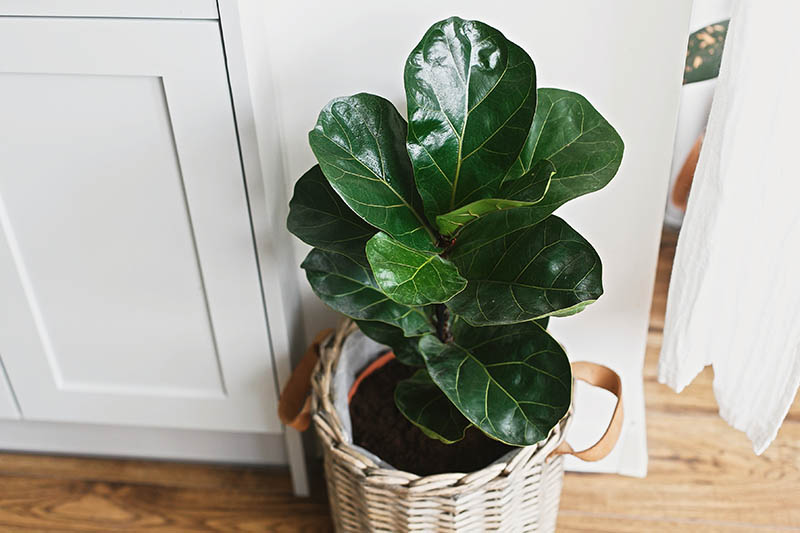
As your Fiddle Leaf Fig grows, it will need extra protection in the form of repotting and structured pruning.
Repot your plant every 1–2 years, typically in early spring when new growth begins. Signs it’s time to repot:
- Roots emerging from the drainage holes.
- Water running straight through without soaking the soil.
- Slower-than-normal growth.
Prune annually or as needed to remove dead or damaged leaves, control height, and encourage bushier growth. Use clean, sharp pruning shears to prevent infection.
Common Issues and How to Protect Against Them
Even with regular care, issues may occasionally arise. Here’s how to protect your plant from the most common problems:
Leaf Drop
Caused by sudden changes in environment, overwatering, or drafts.
Protection Tip: Maintain stable conditions, avoid moving the plant unnecessarily, and water properly.
Brown Spots
Can be due to overwatering, dry air, or fungal issues.
Protection Tip: Check soil moisture, increase humidity, and improve airflow around the plant.
Pest Infestations
Spider mites, aphids, and mealybugs are occasional visitors.
Protection Tip: Wipe leaves weekly, and use neem oil spray or insecticidal soap at the first sign of pests.
Root Rot
Results from consistently soggy soil.
Protection Tip: Water only when needed and ensure well-draining soil and pots.
How to Protect a Fiddle Leaf Fig Indoors
Indoor plants face unique challenges such as dry air from heaters and limited natural light.
Protect your Fiddle Leaf Fig by:
- Using a humidifier or pebble tray to maintain humidity around 50-65%.
- Keeping the plant near a bright window but out of direct afternoon sun.
- Cleaning leaves regularly to maximize light absorption.
- Avoiding extreme temperature fluctuations.
Final Protection Tips for Fiddle Leaf Fig Success
Choose a well-draining pot with ample drainage holes.
Avoid moving the plant unless necessary — they dislike sudden environment changes.
Use room-temperature water to prevent shock.
Be patient — growth spurts come in cycles, and occasional leaf drop is normal.
Conclusion
So, how often should you protect a Fiddle Leaf Fig? The answer lies in combining daily, weekly, monthly, seasonal, and yearly care routines. From checking light exposure and wiping leaves weekly to adjusting watering schedules and repotting every couple of years, consistent, attentive care ensures your Fiddle Leaf Fig stays healthy and vibrant.
While these beautiful plants demand a bit more attention than other houseplants, the reward is a stunning, sculptural presence that transforms your home with lush, tropical greenery. With mindful, scheduled protection and care, even novice plant parents can enjoy a thriving, show-stopping Fiddle Leaf Fig for years to come.

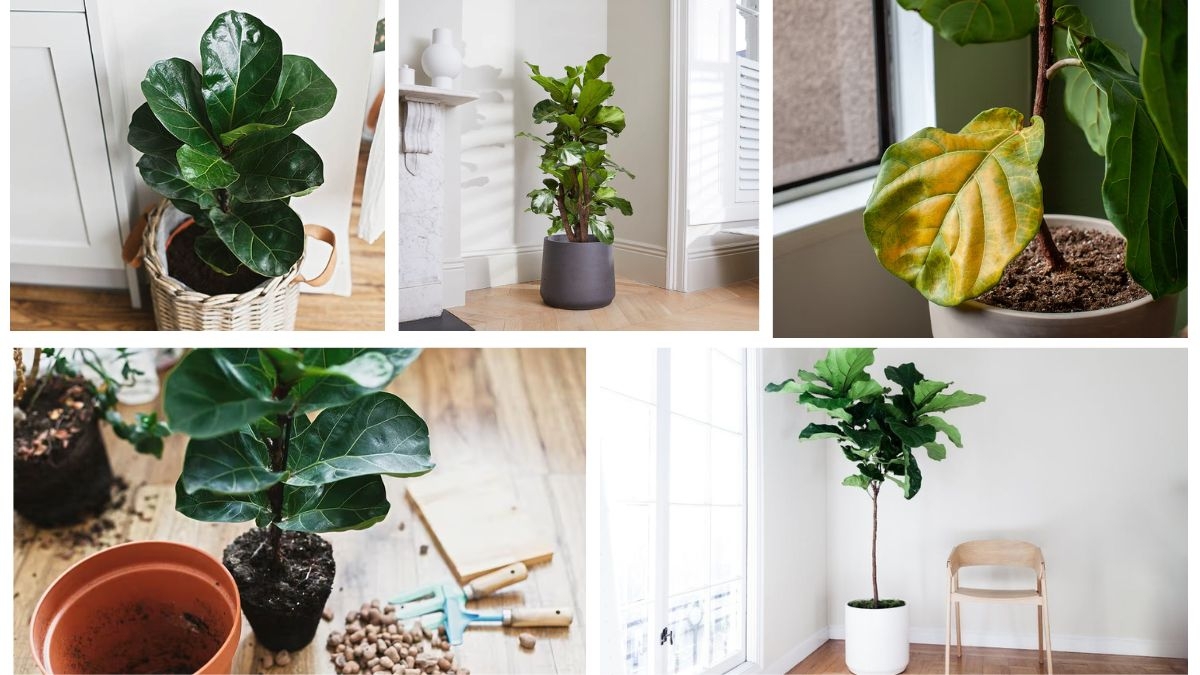





Leave A Comment